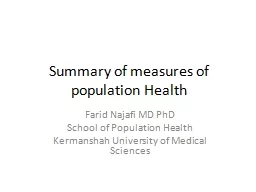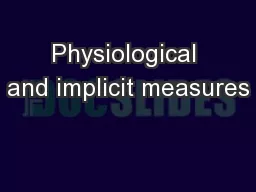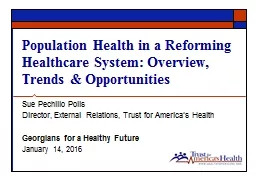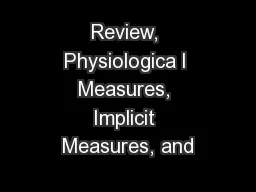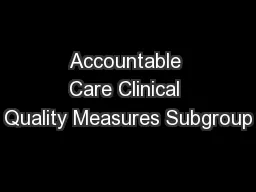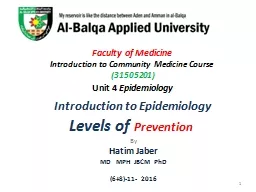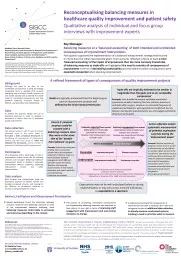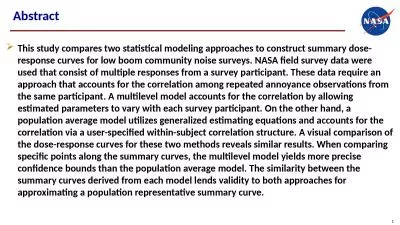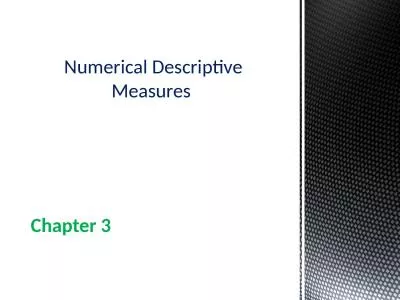PPT-Summary of measures of population Health
Author : min-jolicoeur | Published Date : 2016-04-10
Farid Najafi MD PhD School of Population Health Kermanshah University of Medical Sciences Rational and objectives How is it possible to compare the overall health
Presentation Embed Code
Download Presentation
Download Presentation The PPT/PDF document "Summary of measures of population Health" is the property of its rightful owner. Permission is granted to download and print the materials on this website for personal, non-commercial use only, and to display it on your personal computer provided you do not modify the materials and that you retain all copyright notices contained in the materials. By downloading content from our website, you accept the terms of this agreement.
Summary of measures of population Health: Transcript
Download Rules Of Document
"Summary of measures of population Health"The content belongs to its owner. You may download and print it for personal use, without modification, and keep all copyright notices. By downloading, you agree to these terms.
Related Documents

